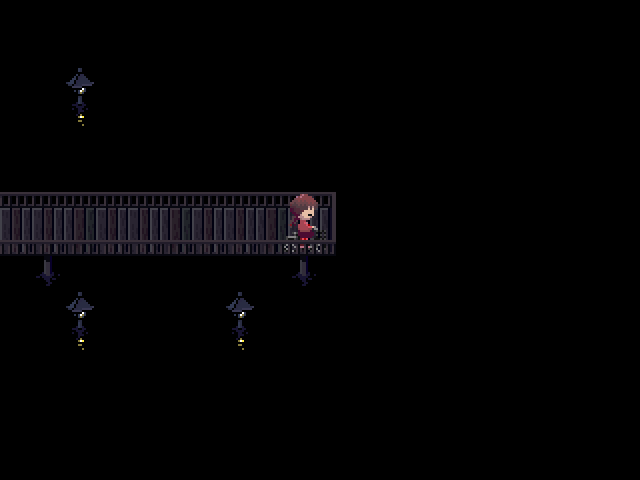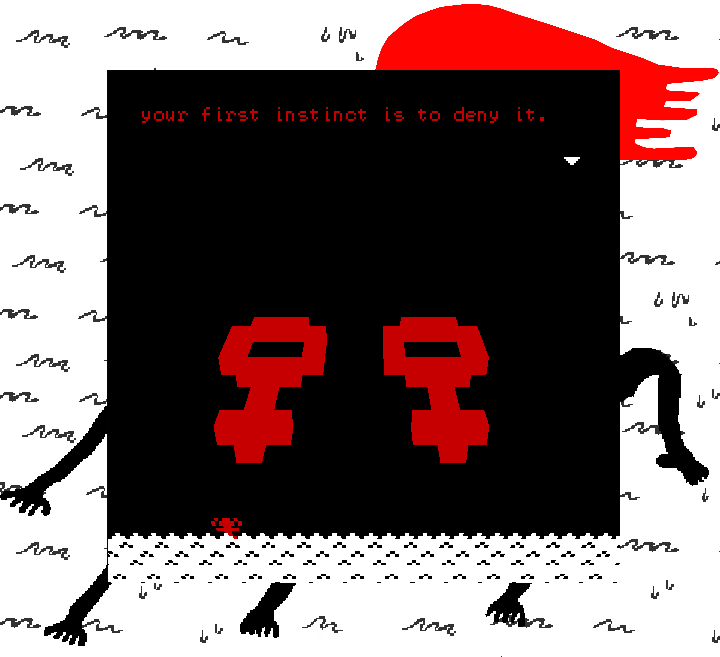Summary
In "Yume Nikki," players take on the role of a young girl named Madotsuki, who refuses to leave her apartment. Instead, she spends her time exploring her dreams, which are accessed through her bed. Once asleep, players navigate through a series of interconnected dream worlds, each with its own bizarre and often unsettling imagery. The game features minimal dialogue and no explicit goals or objectives. Players are left to explore the dream worlds at their own pace, encountering strange creatures, surreal landscapes, and abstract environments. The lack of direction encourages players to interpret the game's symbolism and meaning for themselves.
Links
Personal Thoughts
The game features minimal dialogue and no explicit goals or objectives. Players are left to explore the dream worlds at their own pace, encountering strange creatures, surreal landscapes, and abstract environments. The lack of direction encourages players to interpret the game's symbolism and meaning for themselves.
How I interpret it.
Interpreting "Yume Nikki" is a deeply subjective endeavor due to its abstract and open-ended nature. The game presents players with a series of interconnected dream worlds filled with surreal imagery, bizarre creatures, and atmospheric landscapes. Here's one interpretation of the game: At its core, "Yume Nikki" can be seen as a journey into the subconscious mind of the protagonist, Madotsuki. Madotsuki is a young girl who refuses to leave her apartment, instead choosing to explore her dreams as a form of escapism. Each dream world she visits represents a different aspect of her psyche, fears, desires, and unresolved emotions. The various surreal landscapes and creatures encountered throughout the game can be interpreted as symbolic manifestations of Madotsuki's inner struggles and psychological state. For example, the eerie and desolate environments may reflect feelings of loneliness, isolation, and alienation from the outside world. The strange and sometimes menacing creatures could represent her fears, anxieties, or repressed memories. Madotsuki's reluctance to leave her apartment may suggest a desire to withdraw from reality and retreat into her own inner world, where she feels safe and in control. However, her inability to confront her fears and face the outside world ultimately leads to a sense of stagnation and psychological turmoil. The lack of explicit goals or objectives in the game mirrors the aimlessness and uncertainty often associated with dreams. Players are left to wander through Madotsuki's subconscious, piecing together fragments of her psyche and interpreting the surreal symbolism they encounter along the way. Ultimately, "Yume Nikki" can be viewed as a meditation on the nature of dreams, consciousness, and the human psyche. It invites players to explore the depths of their own subconscious and contemplate the mysteries of the mind. The game's ambiguous narrative and open-ended gameplay encourage personal interpretation and reflection, making it a deeply immersive and thought-provoking experience for those willing to delve into its enigmatic world.





















